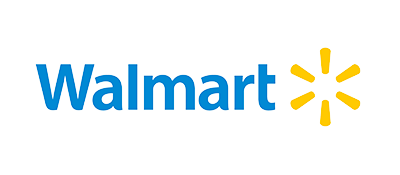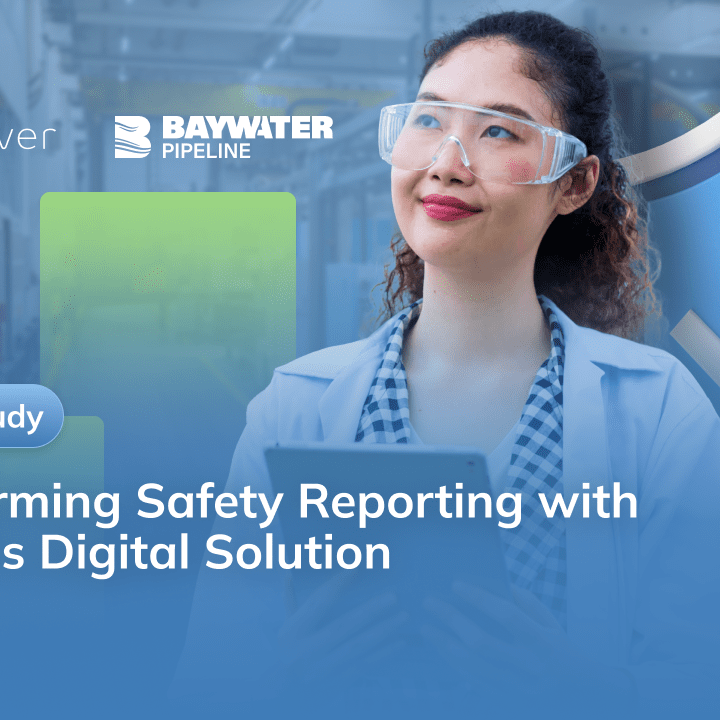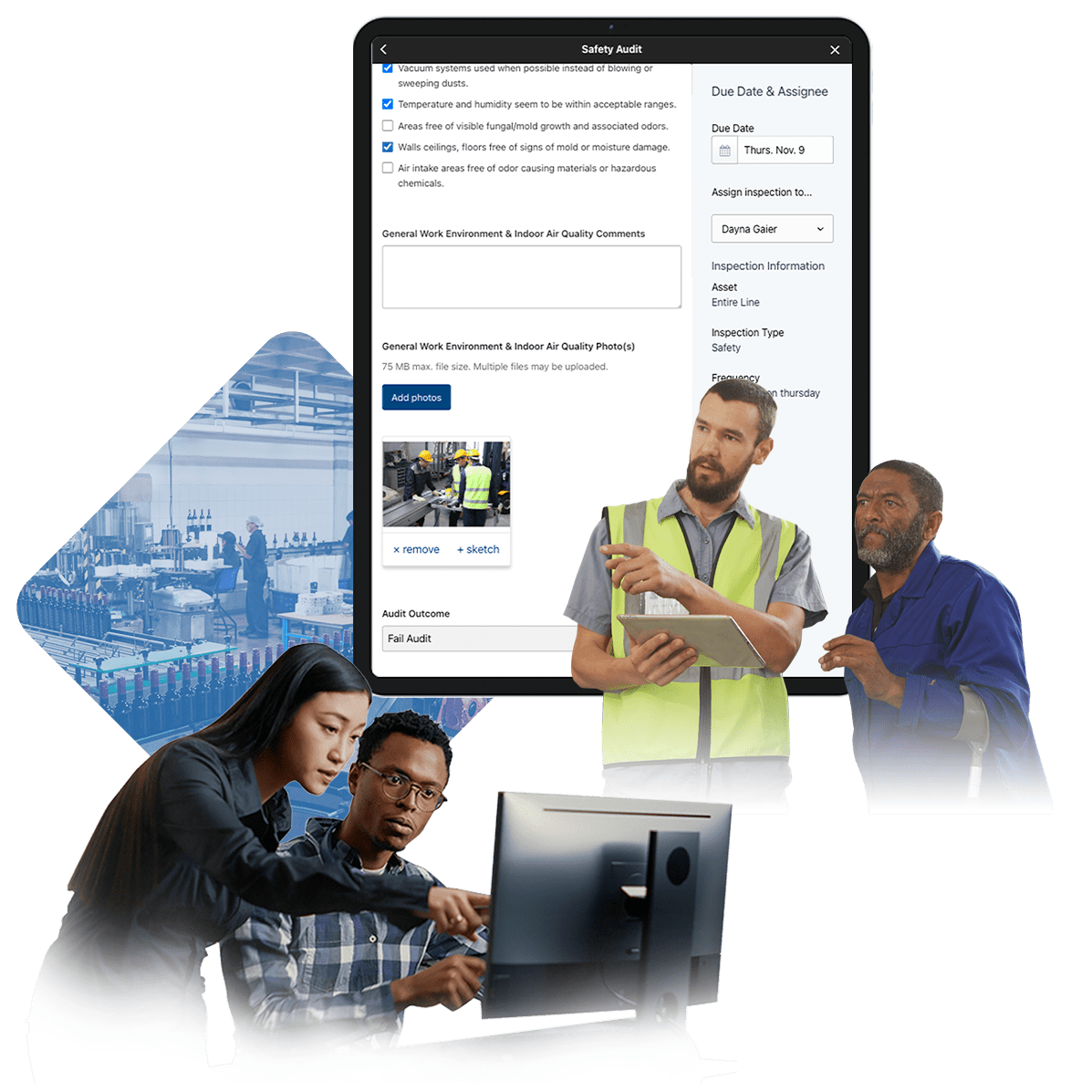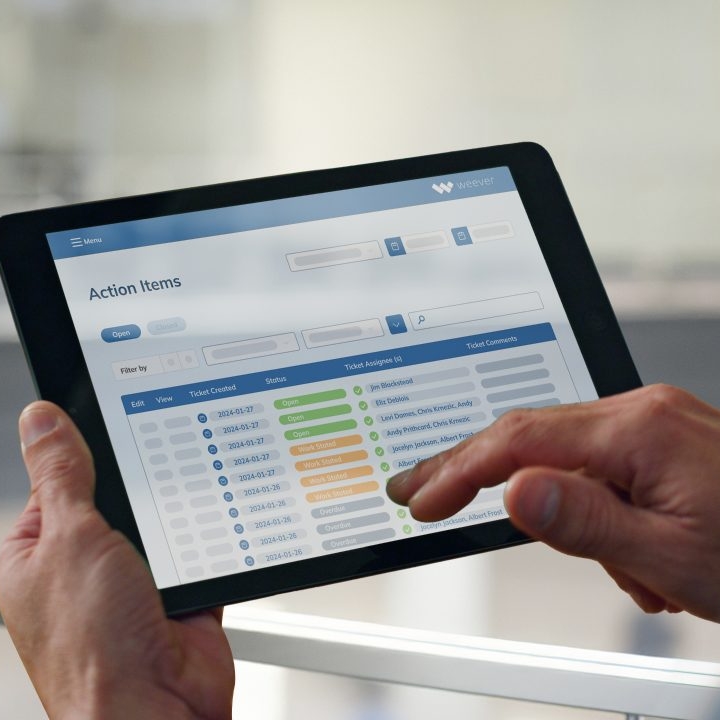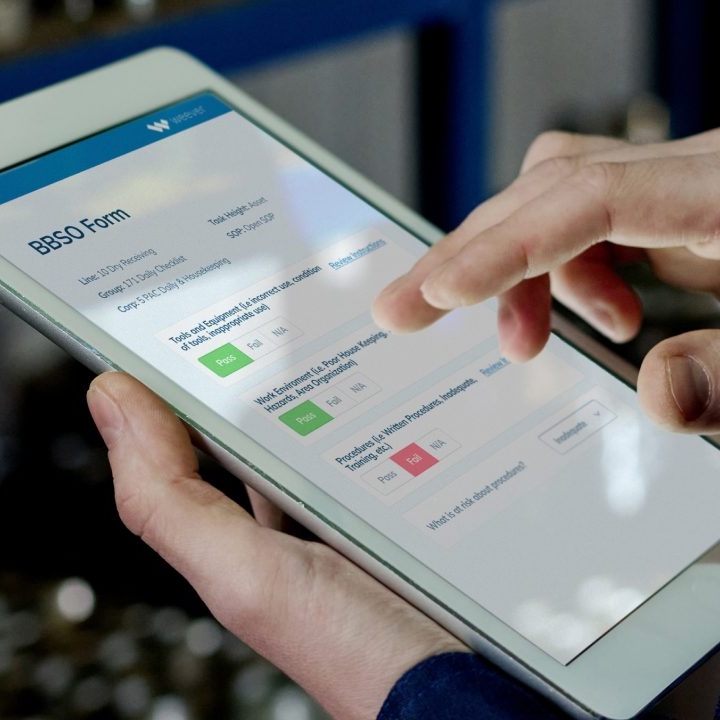Simplifying Preventive Maintenance by Operators with Weever's Automated Workflows
Streamline preventive maintenance with Weever's automated workflows. Empower frontline workers to efficiently manage cleaning, inspections, and equipment upkeep.
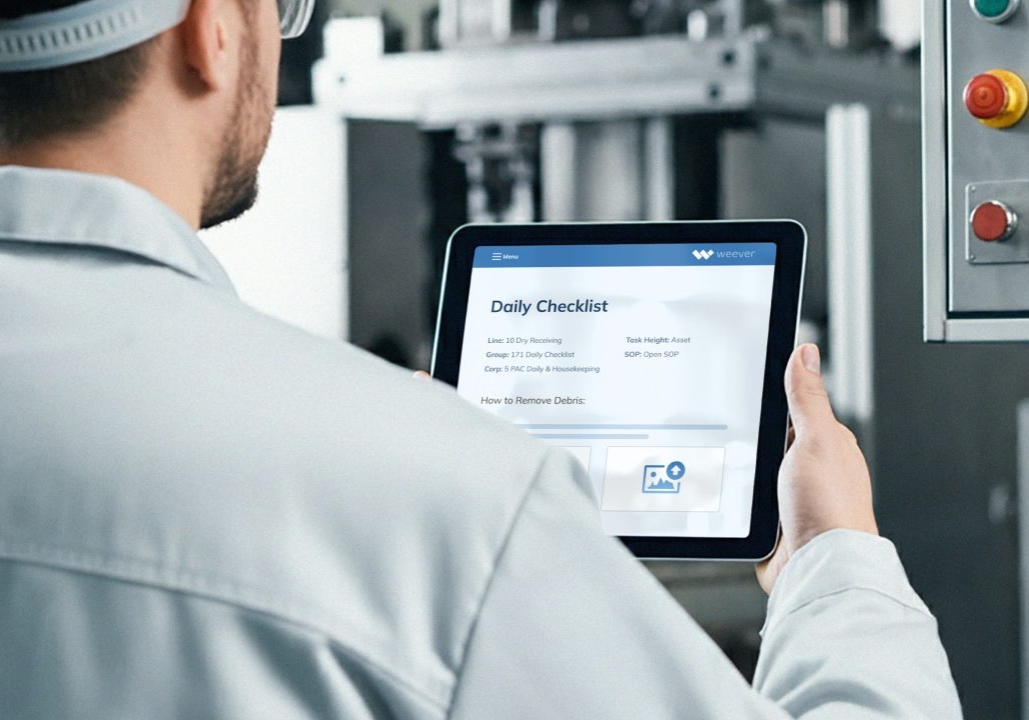
Operator-led maintenance has emerged as a key strategy to empower frontline workers to take control of routine maintenance tasks, such as cleaning, inspecting, and lubricating equipment. This decentralized approach, known as preventive maintenance by operators, improves operational efficiency, enhances equipment longevity, and prevents costly breakdowns.
However, managing preventive maintenance tasks can become overwhelming without the right tools and systems in place. Weever software offers a robust solution by automating maintenance workflows, providing actionable insights, and simplifying task management, all within an intuitive interface. This blog explores how Weever's automated workflows streamline preventive maintenance for operators, ensuring compliance with industry standards and improving overall productivity.
How Does Weever Simplify Preventive Maintenance for Operators Through Automated Workflows?
Weever transforms the preventive maintenance process by enabling operators to take charge of essential tasks without needing advanced technical expertise. Here's how Weever simplifies operator-led maintenance across various industries.
User-Friendly Interface for Simplified Maintenance Management
Preventive maintenance requires consistency and precision. For operators on the frontline, managing multiple tasks efficiently can be challenging without a user-friendly system. Weever addresses this challenge with its intuitive interface, making it easy for operators to execute preventive maintenance tasks such as cleaning, inspection, and lubrication.
- Easy Access to Maintenance Tasks: Weever's interface is designed to ensure that operators can quickly access CIL checklists (Cleaning, Inspection, Lubrication), follow CIL standard operating procedures (SOPs), and track their progress with minimal effort. This ensures that tasks like meeting cleaning standards or following through with inspection routines are handled systematically.
- No Extensive Training Needed: Operators don't need extensive training to use Weever's platform. The software provides CIL training for operators that can be quickly implemented. Operators can learn how to manage lubrication schedules, access digitized CIL instructions, and perform preventive maintenance tasks without lengthy onboarding sessions.
- Adaptable for Different Industries: Whether the operator works in food production, retail, or logistics, Weever is configurable to fit the specific needs of any industry. For example, retail operators can ensure that refrigeration units follow proper cleaning standards, while logistics operators can easily schedule inspection routines for conveyor belts.
By offering a simple and adaptable platform, Weever empowers operators to take control of frontline worker maintenance tasks effectively, ensuring minimal disruptions to daily operations.
Streamlining Preventive Maintenance
One of the biggest challenges in operator-led maintenance is ensuring that tasks are consistently performed and not forgotten. Weever eliminates this risk by automating workflows, so operators receive real-time notifications and clear action items for their scheduled maintenance tasks.
- Automated Scheduling: Weever automatically generates maintenance schedules for tasks like cleaning standards, lubrication schedules, and inspection routines. This ensures that operators perform preventive maintenance on time and without missing any critical steps. For instance, in the food industry, CIL checklists can be automatically scheduled, reminding operators to clean and inspect production equipment regularly.
- Clear Action Items: Once a task is scheduled, operators receive clear, actionable items on their dashboard. This means they know exactly which piece of equipment needs attention, what maintenance actions are required, and the timeframe for completing the task. Weever's automation helps eliminate confusion and ensures that maintenance tasks are completed thoroughly and efficiently.
- Real-Time Notifications: Operators and management are instantly notified when a task is due or missed, ensuring that preventive maintenance tasks are addressed promptly. These notifications help streamline workflows and ensure that critical tasks, such as maintaining lubrication schedules or following CIL standard operating procedures (SOPs), are completed on time.
Weever's automated workflows and action items reduce the need for constant manual oversight, ensuring that equipment is well-maintained and compliant with industry standards without overwhelming operators.
Making Data-Driven Maintenance Decisions
Preventive maintenance isn't just about completing tasks-it's about optimizing performance over time. Weever's advanced analytics and real-time reporting features allow operators to track equipment health, monitor maintenance performance, and identify emerging trends that may impact productivity.
- Data-Driven Insights: By tracking CIL with connected worker platforms, operators and managers gain visibility into the performance of individual pieces of equipment. Weever tracks key metrics such as downtime, completion rates, and maintenance frequency, providing valuable insights into equipment health. For example, if a particular piece of machinery consistently requires lubrication outside of its normal schedule, operators can adjust lubrication schedules to prevent future issues.
- Identifying Trends Over Time: Weever's platform helps identify recurring maintenance issues, allowing operators to make informed decisions and take preventive action. This is especially important in industries like logistics, where consistent equipment performance is crucial to ensuring on-time deliveries. Tracking trends over time allows operators to anticipate potential breakdowns and schedule preventive maintenance before they become critical.
- Real-Time Reporting: Operators and managers can monitor the completion of maintenance tasks in real-time, ensuring that inspection routines and cleaning standards are consistently met. Real-time reporting provides an overview of which tasks are completed, overdue, or pending, helping businesses maintain equipment uptime and minimize downtime.
Weever's data insights and real-time reporting ensure that both operators and managers stay informed and can make proactive decisions to improve the effectiveness of preventive maintenance practices.
Seamlessly Integrating Maintenance Practices
Introducing a new system for operator-led maintenance can be daunting, especially when businesses are accustomed to traditional maintenance methods. Weever's rollout methodology is designed to ensure a smooth transition for operators and management, offering tailored onboarding and support throughout the process.
- Phased Implementation: Weever offers a step-by-step rollout process that starts with training key operators on the basics of using the platform and understanding CIL checklists, digitized CIL instructions, and other critical maintenance tasks. This phased approach helps operators gradually adapt to the platform without disrupting regular operations.
- Standardizing CIL Practices: One of the key benefits of Weever is its ability to help businesses standardize CIL practices across multiple locations. By providing operators with consistent guidelines for cleaning, inspecting, and lubricating equipment, Weever ensures that preventive maintenance tasks are performed to the same high standard, regardless of location.
- Tailored Training and Support: Weever's platform comes with built-in support and training, ensuring that operators can quickly get up to speed on how to manage and execute preventive maintenance tasks. This includes providing CIL training for operators, ensuring they can confidently execute CIL standard operating procedures (SOPs).
- Visual Controls for CIL: To further enhance task visibility, Weever provides visual controls for CIL, ensuring that operators can easily see what tasks are pending, completed, or need immediate attention. These visual cues help prevent maintenance oversights and ensure that critical equipment remains in good working condition.
With Weever's structured rollout methodology, businesses can quickly implement automated workflows, ensuring operators adopt preventive maintenance by operators without disruption and benefit from a seamless transition.
Simplifying Preventive Maintenance with Weever's Automated Workflows
In industries where operational efficiency is crucial, such as manufacturing, healthcare, retail, and logistics, keeping equipment running smoothly is essential. Operator-led maintenance, powered by Weever's automated workflows, ensures that preventive maintenance tasks are completed consistently, efficiently, and on time. By simplifying task management, automating action items, and providing real-time insights, Weever enables operators to take charge of their maintenance tasks without needing extensive technical training.
Weever's intuitive interface, combined with automated workflows, real-time reporting, and a structured rollout process, makes preventive maintenance simpler and more effective for operators across industries. By providing easy access to CIL checklists, digitized CIL instructions, and tailored CIL training for operators, Weever helps businesses streamline maintenance processes, standardize maintenance practices, and improve overall equipment performance.
For businesses looking to enhance productivity and ensure seamless preventive maintenance practices, Weever offers the tools needed to empower frontline workers and drive operational success.
Ready to streamline your preventive maintenance?
Ready to streamline your preventive maintenance?
Continue Reading
"Having cloud-based forms on devices around the facility makes them so much more accessible, which makes it painless for operators to quickly provide a report."
Johanna Velez, VP Quality Assurance

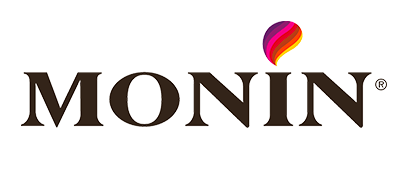
"Weever is really user friendly and will have a massive positive impact on our operations and training team."
Mel Cadle - Op Ex Lead Process Engineer

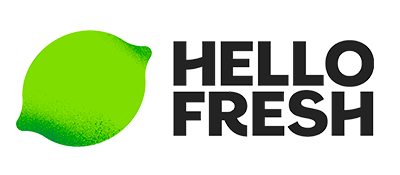
"It's shifted our safety culture because now we are much more focused on what we should be looking at."
Kody Crossen, Operations Manager of EHS

